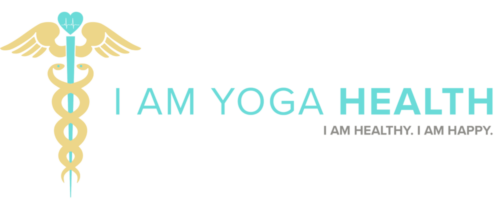However, yoga, specifically the asanas (poses), like any physical activity can result in injury.
With the growing number of yoga practitioners, the number of reported cases of yoga injuries has also risen. There are a number of medical reports describing the potential injuries. In 2009, a New York City team based at Columbia University’s College of Physicians and Surgeons published a worldwide survey of yoga teachers, therapists and doctors. The survey’s central question was “What were the most serious yoga-related injuries they had seen?” — The answers revealed that the largest number of injuries (231) centered on the lower back. The other main sites were, in declining order of prevalence: the shoulder (219), the knee (174) and the neck (110). Then came stroke.
The most common yoga injuries stem from inversion postures and forceful hyperextension of the neck that exceed your physical tolerance, but can occur with overstretching any muscle, cartilage, or ligament. Strokes, while rare, can be caused by impingement of the basilar artery and extreme motions of the neck and head.
So, how do you keep your yoga practice safe?
In one word, Mindfulness. Mindfulness is Awareness. Yoga is first and foremost a practice of mindfulness. Mindfulness is not just a practice of the mind. It begins with an awareness of the body. Being mindful in your yoga practice, you observe and respect that you have gifts and strengths along with limitations, that we change moment to moment, practice to practice, which requires us to shed comparisons, expectations, judgments and see ourselves for who and what we are in the moment.
Here are some tips for practicing yoga safely:
- Let go of Ego. Yoga should not be a competitive sport. You do not have to do, and should not do, what other students are doing if your body is not ready for it. Listen to your body and practice mindfully. Never force yourself into any position
- Connect movement with breath. Exhale on effort, inhale to relax (lift, lengthen, hold).
- Avoid hyperextension of the neck such as in Cobra, Camel and Anjaneyasana
 Use props and modifications. There is no shame in not being able to do the deepest expression of a pose if you have tightness anywhere in your body. Props and modifications allow you to experience the pose without overstretching. Ask your yoga teacher about modifications that suit your body, age and health.
Use props and modifications. There is no shame in not being able to do the deepest expression of a pose if you have tightness anywhere in your body. Props and modifications allow you to experience the pose without overstretching. Ask your yoga teacher about modifications that suit your body, age and health. - Be careful with or avoid inversions, especially headstands.
- Rest. If you experience discomfort or injury, honor your body and rest; do not go back for more because your ego tells you that you have to take a yoga class 3 times a week. If discomfort persists, see a doctor
- Stay for Savasana. Savasana allows the body’s nervous system to slow down and relaxes the body
Namaste
Your Yoga Doctor
🙏🏼 Namaste, Your Yoga Doctor

